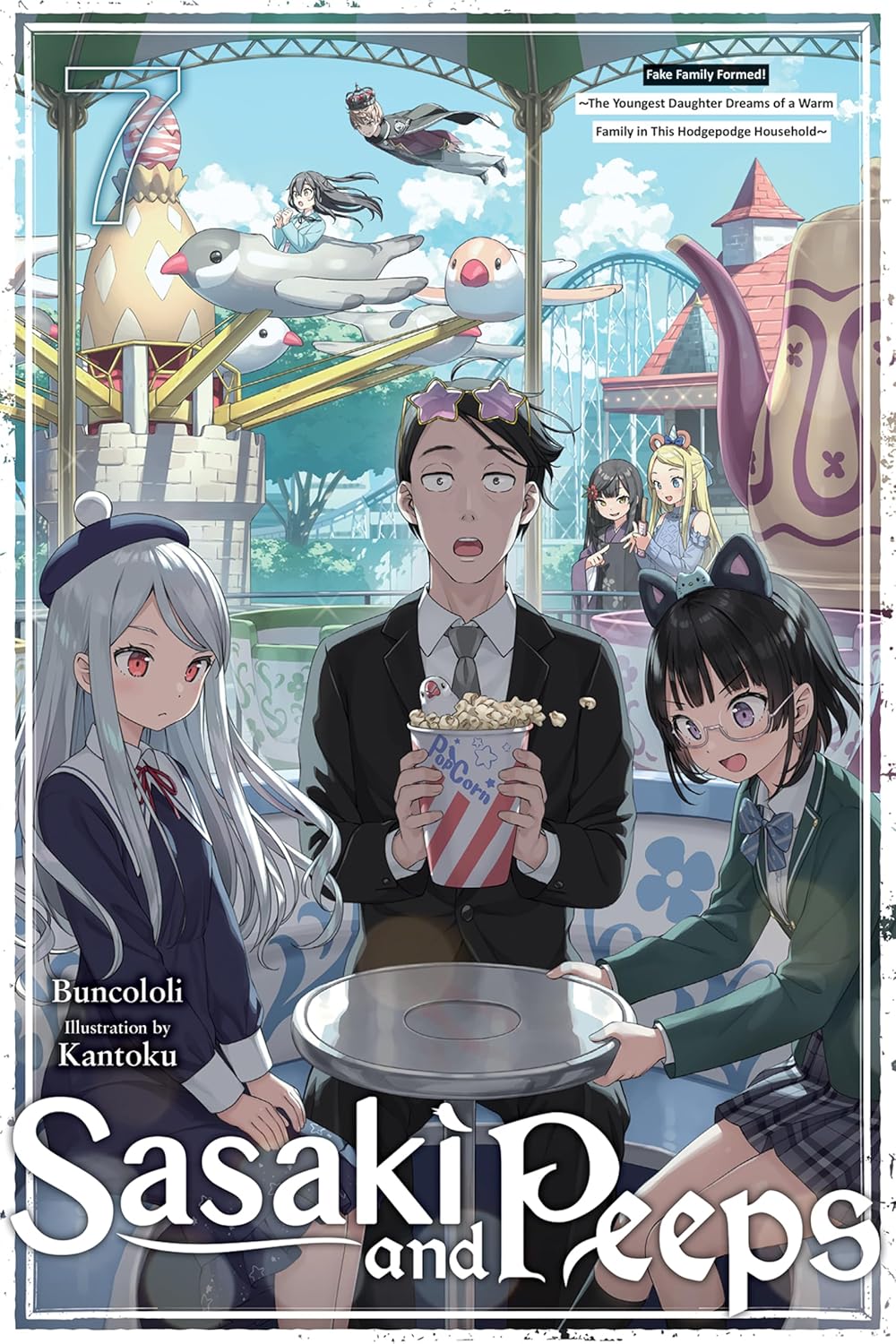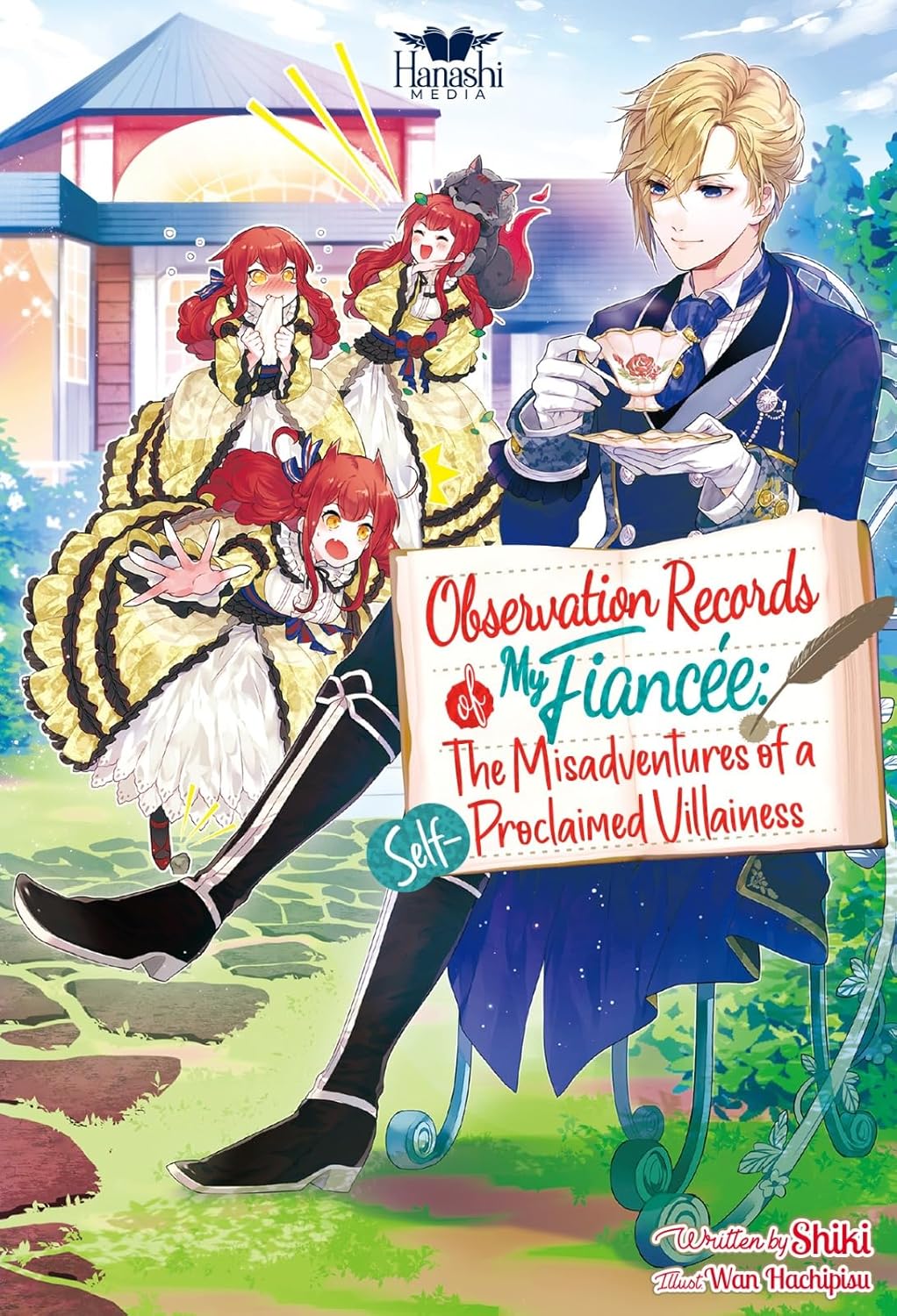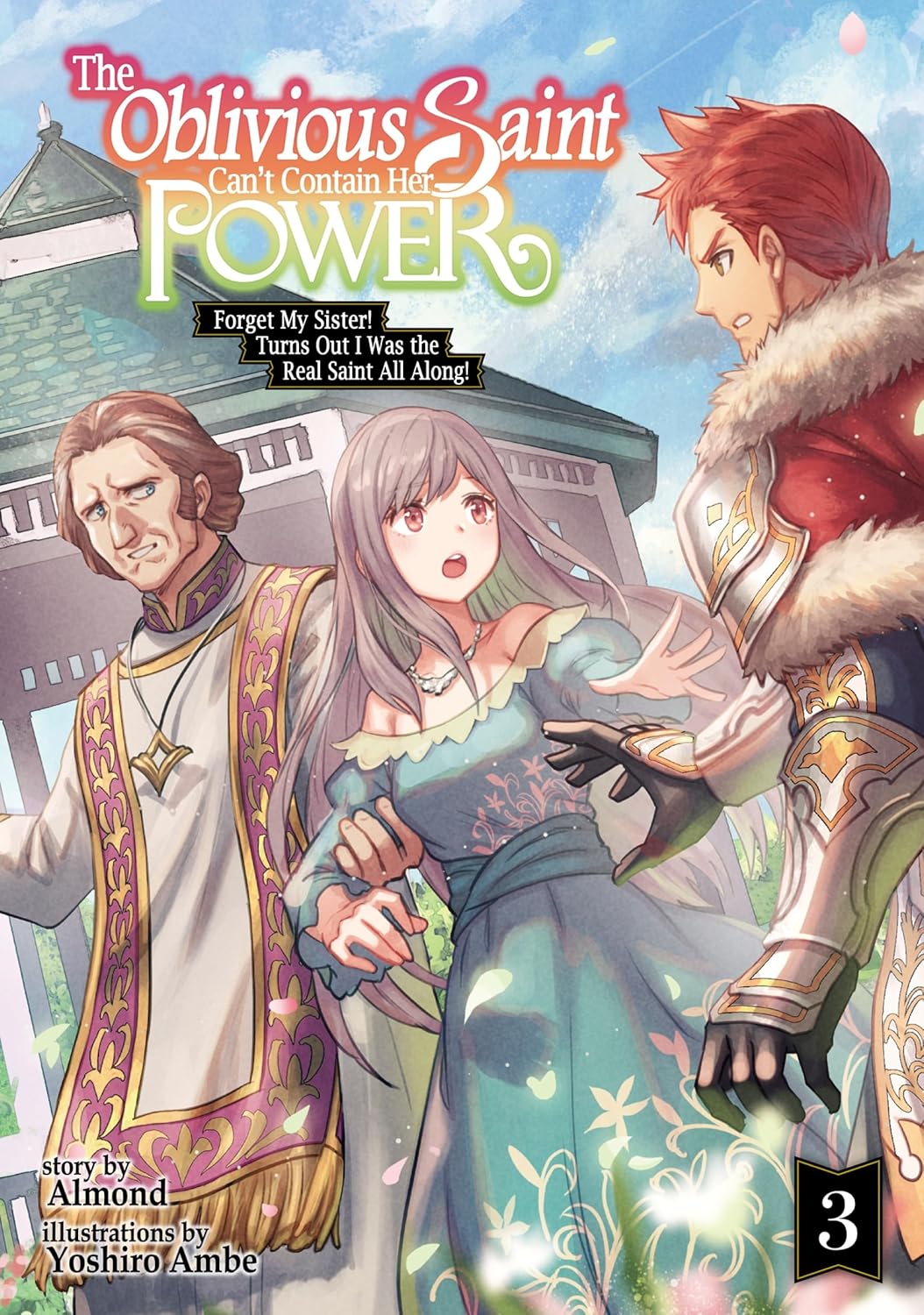By Buncololi and Kantoku. Released in Japan as “Sasaki to Pi-chan” by Media Factory. Released in North America by Yen On. Translated by Alice Prowse.
I do feel that this series might have a conclusion in mind, but it really is meandering towards that conclusion, to the point where I was actually a little bored somewhere in the middle of this volume. Which is surprising given it’s an isekai-lite book, and I usually tend to prefer those. For the most part, the bulk of this book is spent integrating Type Twelve into the main cast, which has Futarishizuka and Sasaki making decisions that make sense in a “we’re trying to save the world” sort of way, but narratively in a book makes them sort of terrible. It doesn’t help that the idea that all of this is secret is really being blown apart, with Neighbor Girl’s classmates all discussing whether aliens are real or not after spotting the huge obvious flying saucer. Each book tends to set up the next book, and I suppose that’s true here. And to be fair, the end of the volume definitely was excellent. But I’d like to know the author has a final volume envisioned.
Type Twelve wants to learn more about humanity from Hoshizaki, and has decided the best way to do this is to pretend to be a family. Hoshizaki is the mother, Sasaki is the father, Kurosu and Abaddon are her older siblings, Elsa (returned from isekai land) is the next door neighbor who’s always dropping in, Sasaki is the family pet, and Futarishizuka is the crotchety grandmother, a role she takes to with gusto, to be honest. They go shopping, they buy a house – well, OK, Type Twelve steals a house – and they go to the amusement park, which Futarishizuka, with the reluctant help of Sasaki, tries to depress the robot so that she’ll give up and return home. Everything changes, though, when Kurosu says there’s a new death game coming to a mysterious island, and she wants their help in going after the big prizes that come with said game. Alas, when they get there they find that things will not go that well…
As noted, the death game is the best part (the worst part may be when Kurosu, running away from interaction with her classmates, comes across her teacher screwing her bullied classmate, and she just sort of stomps away in a fit of pique that she’s not able to get that with Sasaki). They arrive assuming that everything will be much the same as the previous games, but not only is everyone on the angel AND demon teams now trying to kill her and Abaddon specifically, but there are also a lot more random elements. A psychic is killing people because he can, the magical girl rips a hole in reality to go kill psychics, and Type Twelve has to literally blow herself up 9she gets better) to save the main cast. And, oh yes, the entire death game has been co-opted by rich assholes. Because of course.
I greatly enjoy this series when it’s being ridiculous, but when it’s down to earth it can sometimes lose me. The next volume… has everyone going to Kurosu’s school. Oh well, we shall see.



